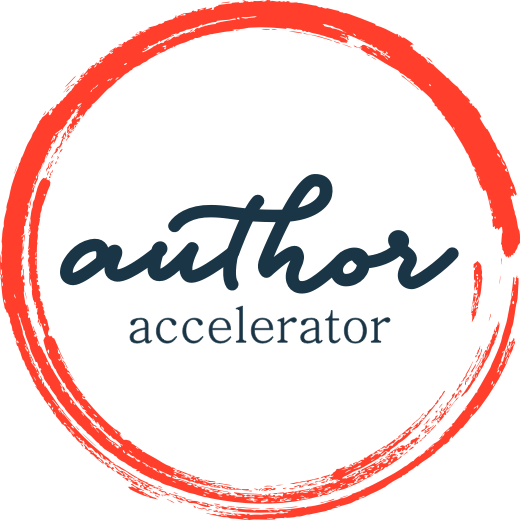Making Room for the Reader in Your Writing
Most of us start out writing for ourselves. We write diaries and journals, poetry and travel notes, letters (to our friends, our enemies, our demons) and morning pages, answers to clever prompts and stories based on contest themes. This kind of writing teaches us to hear our voice and know our thoughts and become adept at the use of language—it’s so important—but the critical thing a lot of writers get wrong is that when they decide they want to share their work with a wider audience, they don’t change their narrative stance.
They continue to think about themselves and what they want to say rather than thinking about the reader. “Make room for the reader” is a directive I give to almost every writer I coach.
But What Does It Mean to Make Room for the Reader?
It’s a slippery concept, and so critical to writing books that other people want to read. I usually succeed best at explaining it when I explain the opposite.
A book that fails to make room for the reader tends to be flat, self-centered, and ineffectual.
It feels like a lecture from an out-of-date textbook.
It feels like someone droning on and on about whatever knowledge is in their head without any sense about why you might want to hear it or what you might need from it.
It feels like the writer imagines that they are the only person in the entire world who ever thought about this idea or topic.
No one wants to read a book like that.
One of the first five questions in every one of the Blueprint methodologies (fiction, nonfiction, and now memoir) is: who is your ideal reader and what do they want?
So How Do You Make Room for the Reader?
It starts with a mindset. Actually, it starts and ends with a mindset. It’s all about mindset.
When you approach a book with the reader in mind, you approach it differently. That’s why the Blueprint system asks the writer to STOP writing for a hot second (okay, it’s really more like two to six weeks) and answer the big picture questions about the book project, including your goals (do you want to write for the marketplace?), your competition (who else is speaking to your ideal reader?) and what your ideal reader might need (entertainment, education, information, escape, solace, a sense of connection?)
Writing without answering these questions is a massive waste of time. Sure, some people can pull off great books without consciously doing this work, but they are either native geniuses, lucky, or both.
The rest of us need to think before we write, and what we need to think about is the reader. Once we do that, our writing shifts. It opens up. It becomes less about what we think and what we want to say and more about what the writer needs—or rather, it’s a beautiful back and forth between those things.
A New Way of Saying the Same Thing
The other day, I was reading a newsletter by Ann Handley, who is a digital marketing pioneer and author of Everybody Writes: Your New & Improved Go-To Guide to Creating Ridiculously Good Content.
I highly recommend following her because she is:
a.) Very smart about business and marketing.
b.) Very specific and grounded in her approach to writing—her newsletter is one of the best places to learn how to actually write better on the level of the word (as opposed to the level of the book or the idea or the chapter or the scene).
c.) Authentic and hilarious.
Handley sends a newsletter once every two weeks, and on June 4, she was talking about her friend who auditioned for MasterChef by making venison dumplings, the importance of having a compelling story (turns out all the chefs who made the cut or got air time had a compelling story), and what makes a compelling story. In the mix of all that, she shared these words:
"Any story is a kind of partnership between the writer and the reader."
Boom!!
You think you know a concept inside and out. You think you are explaining something with clarity and confidence and authority. And then you read thirteen words someone else says about it and you get it in a way you never have before.
You think, OHHHHHH, yes yes yes!!!! That’s IT! That’s the thing I have been trying to say all this time.
This is one reason I love book coaching and talking about writing and teaching people about writing. There is always something new to learn, some better way to explain things, some better way to do things. And THIS is a better way to explain what it means to make room for the reader.
What, after all, is a partnership? It’s an entity or experience formed to help both parties. It’s collaborative. It’s mutually beneficial. It’s mutually enjoyable.
If the writer is the one who starts the process of this partnership, if they want to invite the reader in, they have to think about what that reader needs from the very start.
They have to make room for the reader because by the time the reader comes to the pages, the rules and structure of the partnership have already been laid out. If there is no room for them in the experience of that book, the reader will feel excluded and they will walk away.
This makes it so clear why the work of centering the reader is so critical to writing books people want to read.
Join Me to Learn More About This
This summer I’m hosting two events all about conversation around this topic and writing memoir. If you’d like to join us, click the button below to save your spot.

